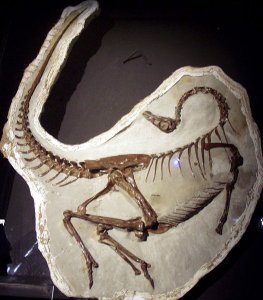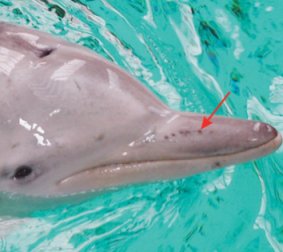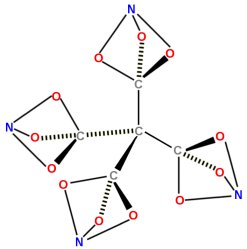
This makes sense in light of certain forms of cooperation between organisms. For example, a while ago I wrote about a relationship that exists between a grass that flourishes in hot soils, a fungus, and a virus. Scientists don’t know the details of the relationship, but they know that in order for the plant to grow in hot soils, it must be infected by a specific fungus. However, that fungus will not do the plant any good unless it is infected by a virus. Obviously, the fungus supplies some necessary chemicals to the plant, allowing it to live in hot soil. However, in order for the fungus to be able to do that, the virus must be providing necessary chemicals to the fungus. So in this situation, you have a viral link between the environment and a fungus, and then a higher-level link between the fungus and the plant. Obviously, if one of those links was corrupted, it could turn a beneficial relationship into a deadly one.
Over time, other creationists have suggested ideas for the origin of other pathogens. Dr. Peter Borger, for example, has a very interesting hypothesis on the origin of RNA viruses. He suggests that the genomes of all creatures were originally created so that they could produce fast adaptations to changes in their environment. As a result, all genomes contain variation-inducing genetic elements – sections of DNA that are specifically designed to produce changes that will aid in adaptation. He postulates that RNA viruses have been produced as a result of a corruption in certain variation-inducing genetic elements. This idea is intriguing because it solves the the RNA virus paradox, a recognized problem in the evolutionary literature.2
The real question, however, is what are the specific mechanisms by which this might happen? Exactly how could a beneficial microorganism (or genetic element) become pathogenic? As I was perusing the scientific literature the other day, I ran across an article in PLoS Genetics that might help us begin to answer that question.
Continue reading “Could This Be a Clue About the Origin of Pathogens?”







